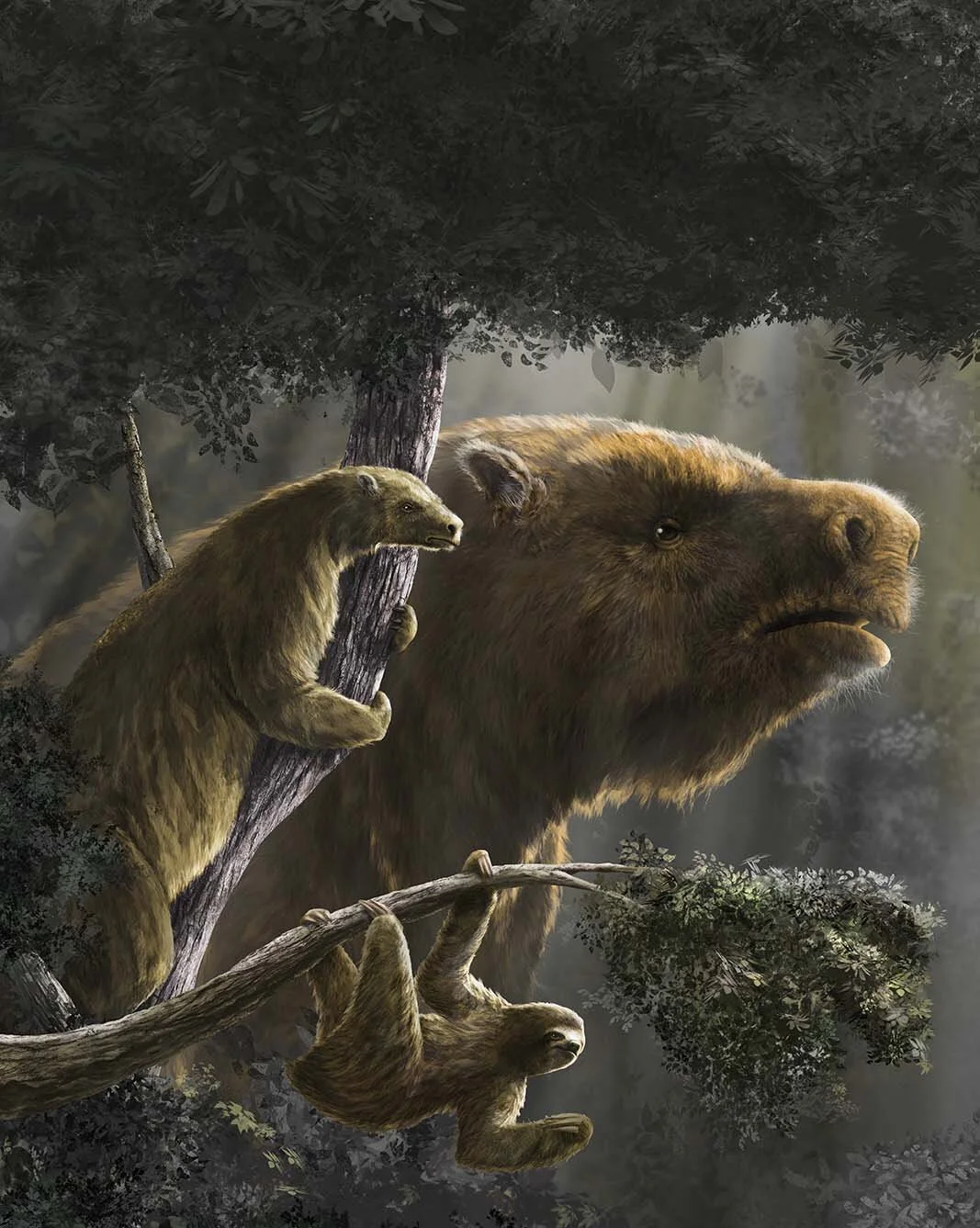
The Rise and Fall of Giant Ground Sloths: Unraveling Their Size Mystery
In a fascinating exploration of evolution, scientists have recently unraveled the mystery behind the size of extinct giant ground sloths, revealing how these massive creatures thrived in various habitats and what ultimately led to their demise. The study, published in the journal Science, draws from a treasure trove of ancient DNA and fossil analysis, providing critical insights into the evolution of these remarkable beasts.

Historically, sloths boasted an exciting diversity, with many extinct species far larger than today's small, tree-dwelling counterparts. The giants, such as Megatherium, rivaled the size of modern Asian elephants, weighing approximately 8,000 pounds. Rachel Narducci, a key researcher in the study, noted, "They looked like grizzly bears but five times larger." The study successfully linked the changes in sloth sizes to their habitats, metabolic rates, and climatic fluctuations throughout millions of years.
Intriguingly, ancient sloths adapted various lifestyles—some remained tree-dwellers while others explored the ground. While arboreal sloths typically weighed around 14 pounds, ground sloths, depending on their living conditions, could weigh up to 1,000 pounds. The astonishing range showcases how environmental factors influenced their growth.

As researchers investigated, they found evidence of climate change affecting sloth morphology—colder climates led to larger sizes, while warmer conditions prompted a shift to smaller forms. Narducci explains this is crucial for survival; larger sizes allowed sloths to fend off predators and navigate diverse environments, from the deserts to the icy tundras.
However, this dynamic took a turn about 15,000 years ago with the arrival of humans in North America. The once bulging giants became easy targets for hunting, leading to large-scale extinction events for various sloth species. Even the arboreal sloths, thought to be safe in the treetops, were not immune to the calamity.
The origins and extinction of these extraordinary creatures serve as a powerful reminder of the delicate balance in nature. As Narducci reflects, "The size differences among sloths have primarily been influenced by the types of habitats they lived in, and, by extension, climate change." This historical narrative prompts us to think about the future of our planet's biodiversity.
As we marvel at these prehistoric giants, one must wonder: what can their story teach us about the ongoing impacts of climate change on today's wildlife? Your thoughts and comments are welcomed below!